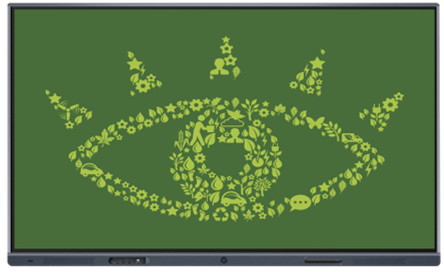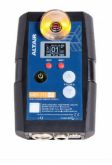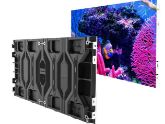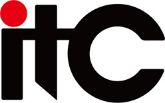Choosing an LED Touchscreen TV: Other features
Part of a series of articles on factors to consider when selecting a touchscreen LED TV for the education or corporate sector. Other things to look for when considering a touchscreen TV for the education or corporate setting.
Multi-touch, wireless screen projection, connectivity options, handwriting recognition, and anti-glare
 Multi-touch - Infrared (IR) touch technology offers impressive multi-touch capabilities, supporting up to 20 touch writing points in Android devices and up to 40 point touch control in Windows devices. This means that multiple touch inputs can be detected and tracked simultaneously, allowing for highly interactive and collaborative experiences.
Multi-touch - Infrared (IR) touch technology offers impressive multi-touch capabilities, supporting up to 20 touch writing points in Android devices and up to 40 point touch control in Windows devices. This means that multiple touch inputs can be detected and tracked simultaneously, allowing for highly interactive and collaborative experiences.
The ability to support multiple touch points is particularly beneficial in applications where multiple users need to interact with the touchscreen simultaneously, such as interactive presentations, collaborative work environments, or educational settings. With IR touch technology, users can engage in activities like pinch-to-zoom, rotate, drag and drop, and other multi-touch gestures, enhancing the overall user experience and facilitating intuitive and natural interactions.
Wireless screen projection - Wireless screen projection allows you to transmit images from external computers or phones to a larger screen without the need for cables. It works through wireless software that enables the seamless transfer of the display output from your devices to the target screen. With this technology, you can project content from up to four connected devices simultaneously, enabling collaborative presentations, sharing of content, or multi-screen setups.
To use wireless screen projection, both the source devices (computers or phones) and the target screen need to be compatible with the wireless projection technology, such as Miracast, AirPlay, or Chromecast. The source devices establish a wireless connection with the target screen, either directly or through a shared network, and transmit the visual content in real-time.
Wireless screen projection offers flexibility and convenience, allowing users to share their screens or presentations without the need for physical connections or adapters. It eliminates the clutter of cables, simplifies setup, and enables seamless collaboration and content sharing in meetings and classrooms.
Other connectivity options - USB ports, HDMI inputs, wireless. Other connectivity options are vital for seamless integration. USB ports enable quick and easy access to files stored on external storage devices, allowing teachers or presenters to display documents, images, or videos directly from a USB drive without the need for a computer. HDMI inputs and wireless connectivity provide flexibility for connecting phones, laptops, tablets, or other devices , all of which promotes collaboration and fosters dynamic discussions during classes, meetings or brainstorming sessions.
Handwriting recognition - handwriting recognition allows users to write naturally, mimicking the experience of using pen and paper. It offers a more intuitive and familiar way to interact with the TV, especially for tasks that involve freehand input or annotations. Users can take handwritten notes, sketch diagrams, create drawings, or annotate documents directly on the screen. Users can easily highlight key points, draw diagrams, or write additional information in real-time. It also promotes collaboration by allowing multiple users to contribute and interact with the content simultaneously.
Anti-glare - an anti-glare touchscreen TV minimizes reflections and glare caused by ambient light sources. It has a special coating or filter that improves visibility and clarity, particularly in well-lit environments. This feature reduces distractions, allows for better viewing and interaction experiences, and is commonly used in digital signage, interactive kiosks, and educational settings.
Check out our team’s other articles:
Choosing an LED Touchscreen TV: Picture Quality
Choosing an LED Touchscreen TV: Size and Placement
Choosing an LED Touchscreen TV: IR Touchscreen Features and Functionality






















































